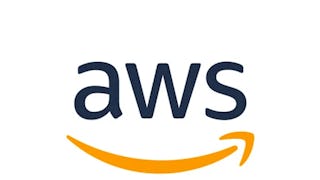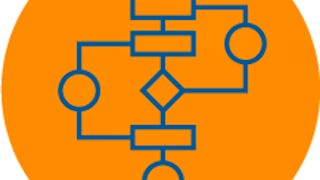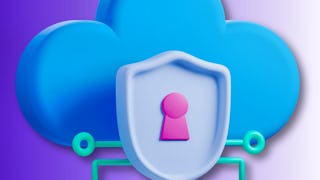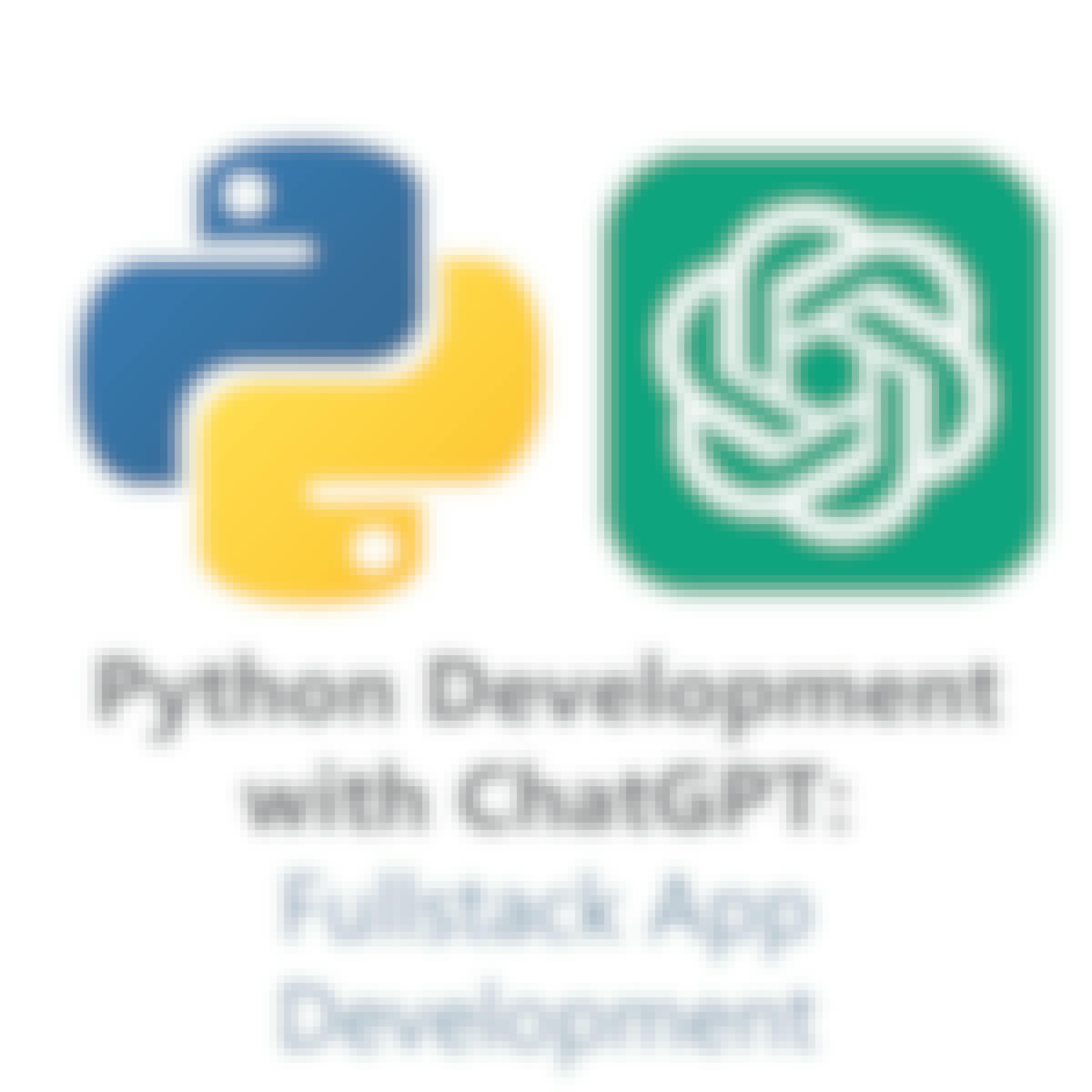- Browse
- Data Visualization
Results for "data visualization"
 Status: Free TrialFree Trial
Status: Free TrialFree TrialSkills you'll gain: Selenium (Software), Test Automation, Object Oriented Programming (OOP), Software Testing, Browser Compatibility, Software Installation, Automation, Scripting, Python Programming, File Management, Development Environment, Debugging
4.5·Rating, 4.5 out of 5 stars15 reviewsBeginner · Course · 1 - 3 Months
 Status: FreeFreeA
Status: FreeFreeAAmazon Web Services
Skills you'll gain: Amazon Web Services, Amazon CloudWatch, Grafana, Hybrid Cloud Computing, Multi-Cloud, Prometheus (Software), Managed Services, Cloud Solutions
4.3·Rating, 4.3 out of 5 stars10 reviewsBeginner · Course · 1 - 4 Weeks
 Status: Free TrialFree TrialU
Status: Free TrialFree TrialUUniversity of Maryland, College Park
Skills you'll gain: AI Personalization, Data Ethics, Digital Marketing, Marketing Strategies, Customer Engagement, Marketing Analytics, Content Marketing, Generative AI, Social Media Marketing, Customer experience improvement, Data-Driven Decision-Making, Responsible AI, Artificial Intelligence, Marketing Automation, Social Media, Customer Insights, Business Ethics, Predictive Analytics
4.4·Rating, 4.4 out of 5 stars17 reviewsIntermediate · Course · 1 - 4 Weeks
 Status: Free TrialFree TrialB
Status: Free TrialFree TrialBBoard Infinity
Skills you'll gain: Node.JS, Full-Stack Web Development, User Interface (UI), Application Deployment, MongoDB, Angular, Back-End Web Development, Front-End Web Development, User Interface (UI) Design, Web Applications, JavaScript Frameworks, Restful API, Web Development, Secure Coding, Authentications, Authorization (Computing), Scalability
4.1·Rating, 4.1 out of 5 stars17 reviewsIntermediate · Course · 1 - 4 Weeks
 Status: Free TrialFree TrialC
Status: Free TrialFree TrialCCodio
Skills you'll gain: Algorithms, Data Structures, Java, Theoretical Computer Science, Computer Programming, Computational Thinking
3.4·Rating, 3.4 out of 5 stars8 reviewsIntermediate · Course · 1 - 4 Weeks
 Status: PreviewPreviewK
Status: PreviewPreviewKKnowledge Accelerators
Skills you'll gain: Cyber Security Policies, Mobile Security, Identity and Access Management, Remote Access Systems, Data Security, Multi-Factor Authentication, Artificial Intelligence
4.9·Rating, 4.9 out of 5 stars35 reviewsBeginner · Course · 1 - 3 Months
 Status: Free TrialFree TrialK
Status: Free TrialFree TrialKKennesaw State University
Skills you'll gain: Email Security, Personally Identifiable Information, Firewall, Threat Detection, Network Security, Cybersecurity, Security Awareness, Cloud Storage, Information Privacy, Cloud Computing, General Networking, Encryption
4.8·Rating, 4.8 out of 5 stars35 reviewsBeginner · Course · 1 - 3 Months
 Status: FreeFree
Status: FreeFreeSkills you'll gain: Application Programming Interface (API), Restful API, ChatGPT, Generative AI, JSON, Full-Stack Web Development, Application Deployment, Secure Coding, LLM Application, User Interface (UI), Python Programming, Application Development, Front-End Web Development, Debugging
3.5·Rating, 3.5 out of 5 stars13 reviewsIntermediate · Guided Project · Less Than 2 Hours
 Status: Free TrialFree TrialU
Status: Free TrialFree TrialUUniversity of Colorado Boulder
Skills you'll gain: Data Ethics, Computer Security Awareness Training, Ethical Standards And Conduct, Cybersecurity, Information Technology, Responsible AI, Information Privacy, Media and Communications, Personally Identifiable Information, Artificial Intelligence, Law, Regulation, and Compliance, Data Collection
Build toward a degree
4.9·Rating, 4.9 out of 5 stars13 reviewsBeginner · Course · 1 - 4 Weeks
 Status: Free TrialFree TrialL
Status: Free TrialFree TrialLL&T EduTech
Skills you'll gain: Construction, Structural Engineering, Construction Engineering, Building Codes, Civil Engineering, Structural Analysis, Engineering Design Process, Engineering Calculations, Design, Safety Standards
4.6·Rating, 4.6 out of 5 stars14 reviewsIntermediate · Course · 1 - 3 Months
 Status: PreviewPreviewU
Status: PreviewPreviewUUniversity of Virginia
Skills you'll gain: Design Thinking, Ideation, Innovation, Creative Problem-Solving, Presentations, Creativity, Storytelling, Data Visualization, Strategic Thinking, Case Studies, Test Tools, Leadership and Management, Marketing
4.8·Rating, 4.8 out of 5 stars10 reviewsBeginner · Course · 1 - 3 Months
 Status: Free TrialFree Trial
Status: Free TrialFree TrialSkills you'll gain: Workflow Management, AI Product Strategy, Team Management, Generative AI Agents, Productivity Software, Business Process Automation, Artificial Intelligence, Automation, LLM Application, Agentic systems, Solution Design, Decision Making, Process Improvement, Performance Improvement, Customer Service, System Design and Implementation
4.8·Rating, 4.8 out of 5 stars22 reviewsIntermediate · Course · 1 - 4 Weeks
Searches related to data visualization
In summary, here are 10 of our most popular data visualization courses
- Introduction to Python and Basic Selenium Setup: Packt
- Amazon Managed Grafana - Getting Started V01.00.01: Amazon Web Services
- AI in Digital Marketing: University of Maryland, College Park
- Building a Complete MEAN Stack Application: Board Infinity
- Java: Algorithms: Codio
- Cybersecurity Awareness Essentials for Employees: Knowledge Accelerators
- Cybersecurity: Protecting your Information at Home: Kennesaw State University
- Python Development with ChatGPT: Fullstack App Development: Coursera
- Computing, Ethics, and Society Foundations: University of Colorado Boulder
- Introduction of Pile Foundation: L&T EduTech










